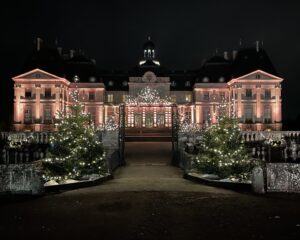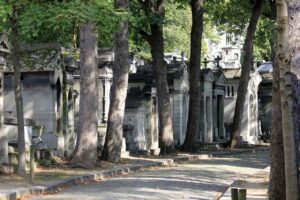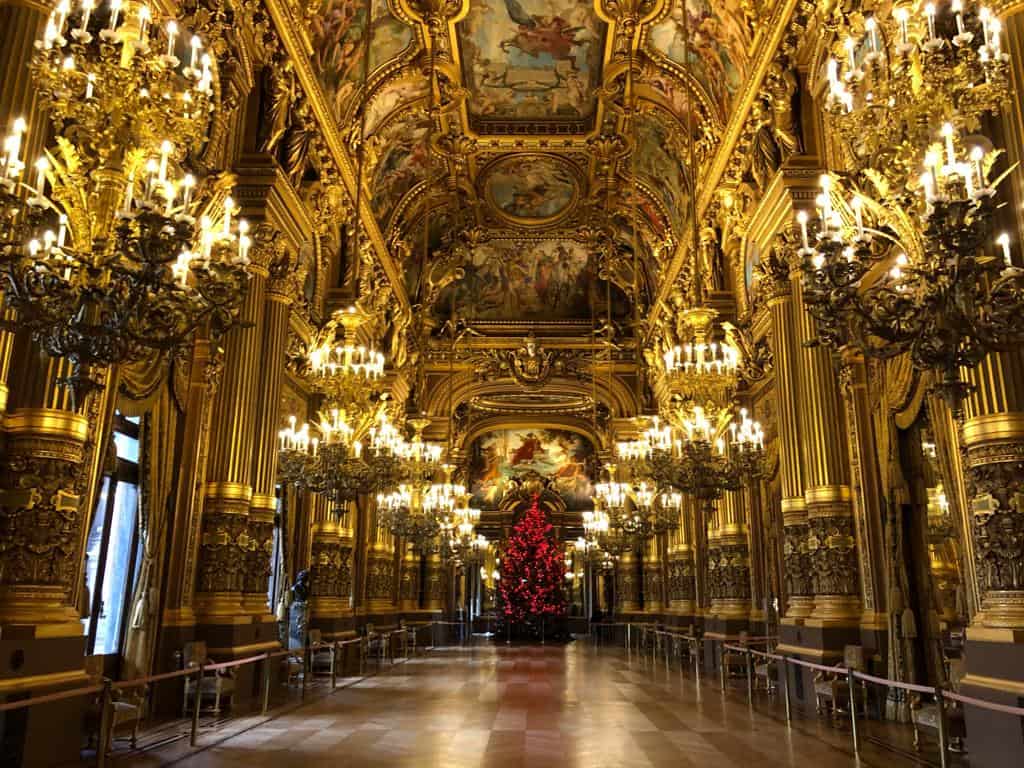
I know I’ve already said it once or twice, but I’ll say it again. I love theatre. Today, I love all forms of theatre, but when I was a kid, musicals ruled the roost. When I was 12, my dad took me to see The Phantom of the Opera, and it quickly became one of my favourites. For reasons that I don’t want to examine too closely, I felt a close affinity with the Phantom, and I spent hours singing along to the original cast recording. When I visited Paris for the first time two years later, a visit to the Opera House was at the top of my list of things to do. I wanted to see the home of this disfigured musical genius, and while I was more than a little disappointed that the Opera House wasn’t about to let a 14 year old tourist go wandering through its underground lakes and grottos, the building itself was still simply spectacular. Today, it’s one of my favourite places in Paris, especially during the holidays.
Paris in December is always a beautiful sight with all the lights and store windows on display. There’s Christmas markets and pop up skating rinks to visit, tartiflette and roasted chestnuts to eat, and enough decorated trees to fill your Instagram feed for months. Best of all, the vin chaud (mulled wine) flows freely wherever you go. While all of these activities have become my new favourite holiday traditions since moving to France, one of my favourite traditions has become my annual visit to the Garnier Opera House. Just to be clear, I highly recommend a visit to this beautiful building no matter what time of year you happen to be in Paris. However, there’s something about seeing this magnificent building all decorated for the holidays that makes it just that much more magical.
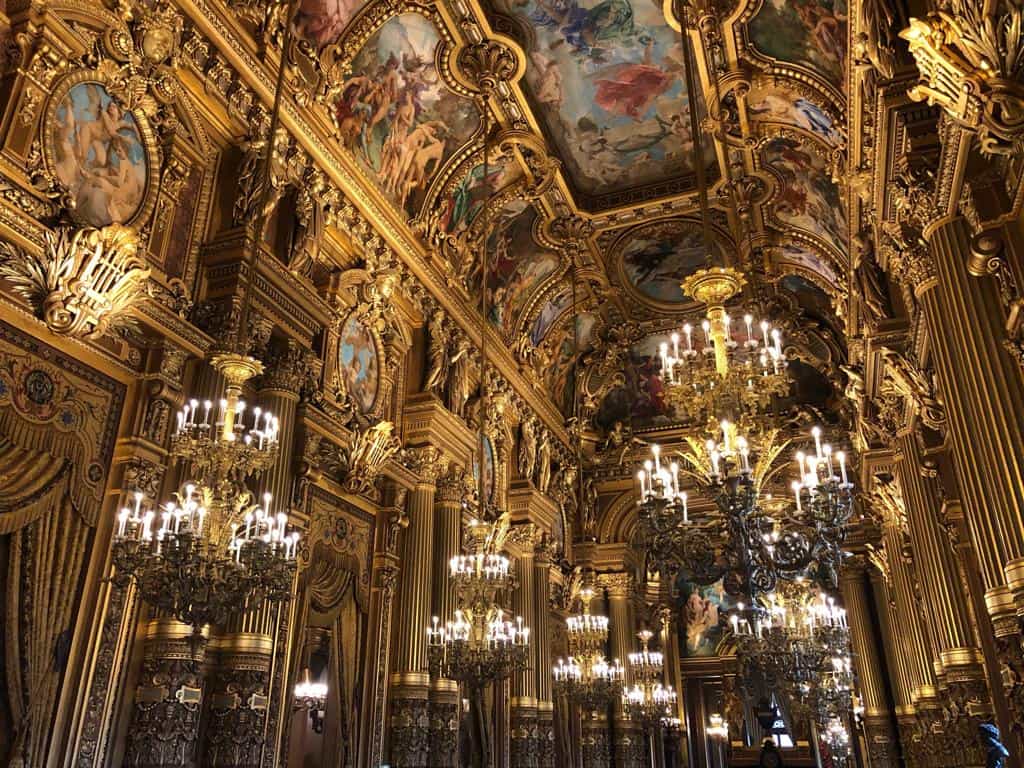
Built between 1862 and 1875, the Garnier Opera House is one of the largest theatres in the world, and it’s considered to be the crown jewel of the Second French Empire style of architecture. However, this was far from its initial impression. During the final round of the design competition that was held to determine who would be the building’s architect, Empress Eugenie complained that the proposed design had no discernible style. Some people say she was simply disgruntled that her favoured architect did not make it past the first round of competition, but finalist architect Charles Garnier was undeterred. He simply responded that of course his building had a style. It was the style of Emperor Napoleon III, dictator of the Second French Empire. Perhaps unsurprisingly, Garnier won the competition, and the Opera House still bears his name to this day.
The Opera House later cemented its place in pop culture history when Gaston Leroux used it as the setting for his world famous novel, The Phantom of the Opera, which was later adapted into one of the most successful stage musicals in history. While I’ve yet to have the opportunity to explore the basement, it really is filled with underground lakes and grottos, and in 1896, a falling counterweight from the chandelier in the auditorium crashed through the ceiling and killed one person. All of this served as Leroux’s inspiration, and over a century later, the Opera House is still inundated with questions about the Phantom’s whereabouts and fate.
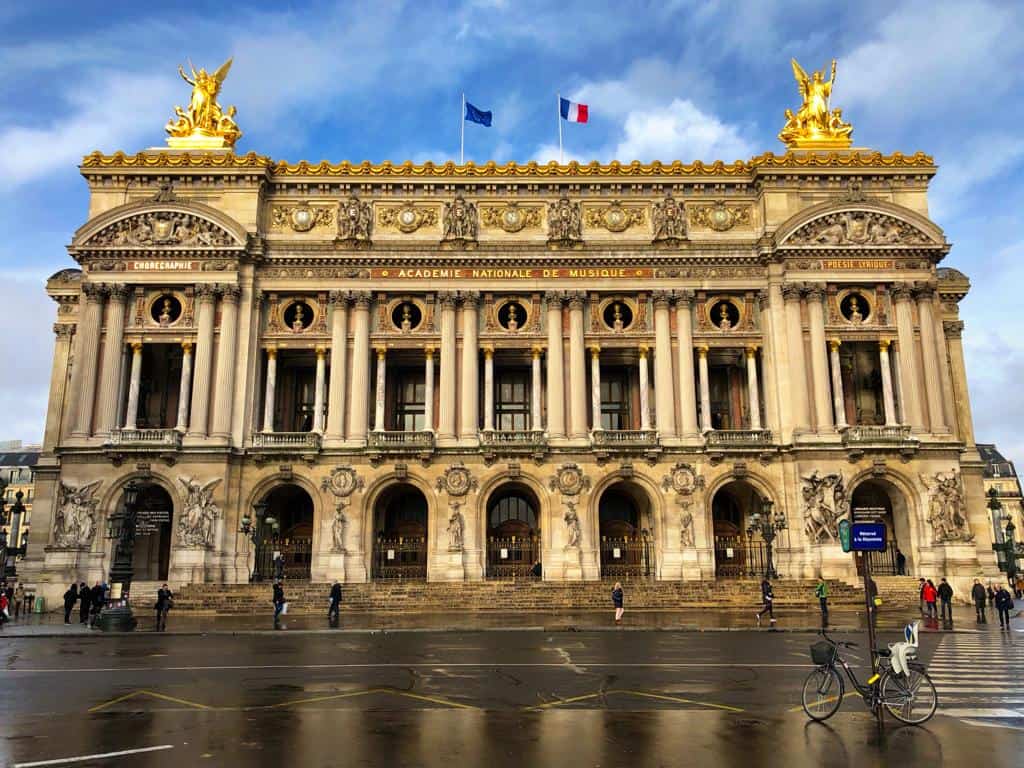
While you may not be able to visit the Phantom’s underground lair, at nearly 200,000 square feet, there is still lots to see. Only about half of that space is used for the actual stage and auditorium, meaning that the rest is occupied by the Paris-Opera Library-Museum, the Grand Staircase, the Grand Foyer, and countless other rooms and hallways that are simply breathtaking in their splendour. The best part is that you don’t have to see a show to see these magnificent rooms. The Opera House is open during the day for public visits, and all information for visits can be found online.
The Garnier Opera House is a stunning example of the reinvention of Paris in the mid 19th century, and it should be on every visitor’s to do list in Paris. If you’re lucky enough to visit in December, chances are you’ll find me making my annual visit. You can’t miss me. I’ll be the one humming the iconic theme song as I walk down the grand staircase.
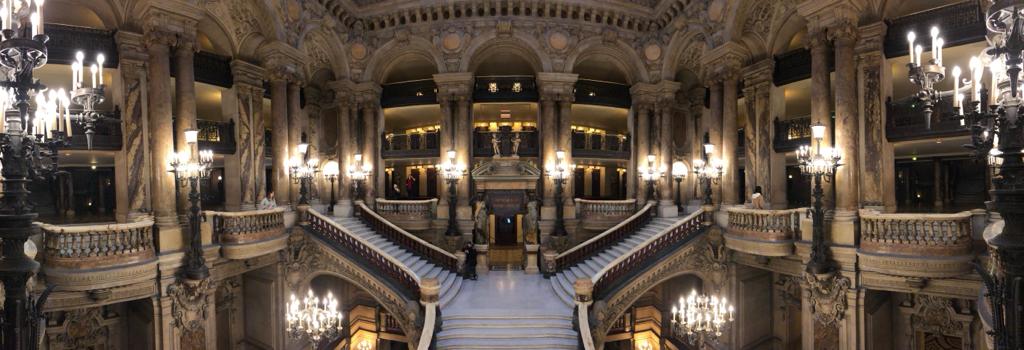
All photos by Brian J. Sutton.


